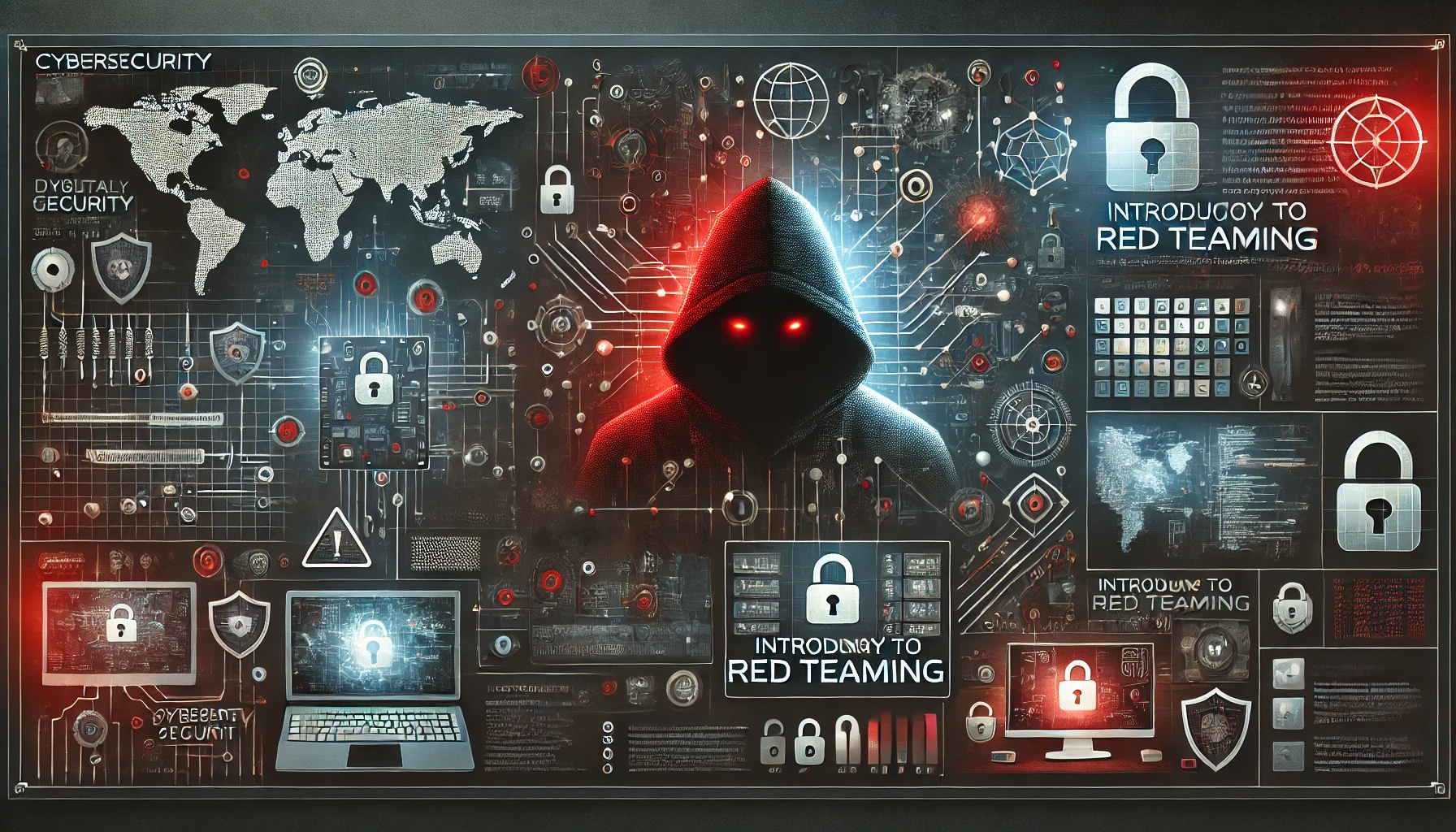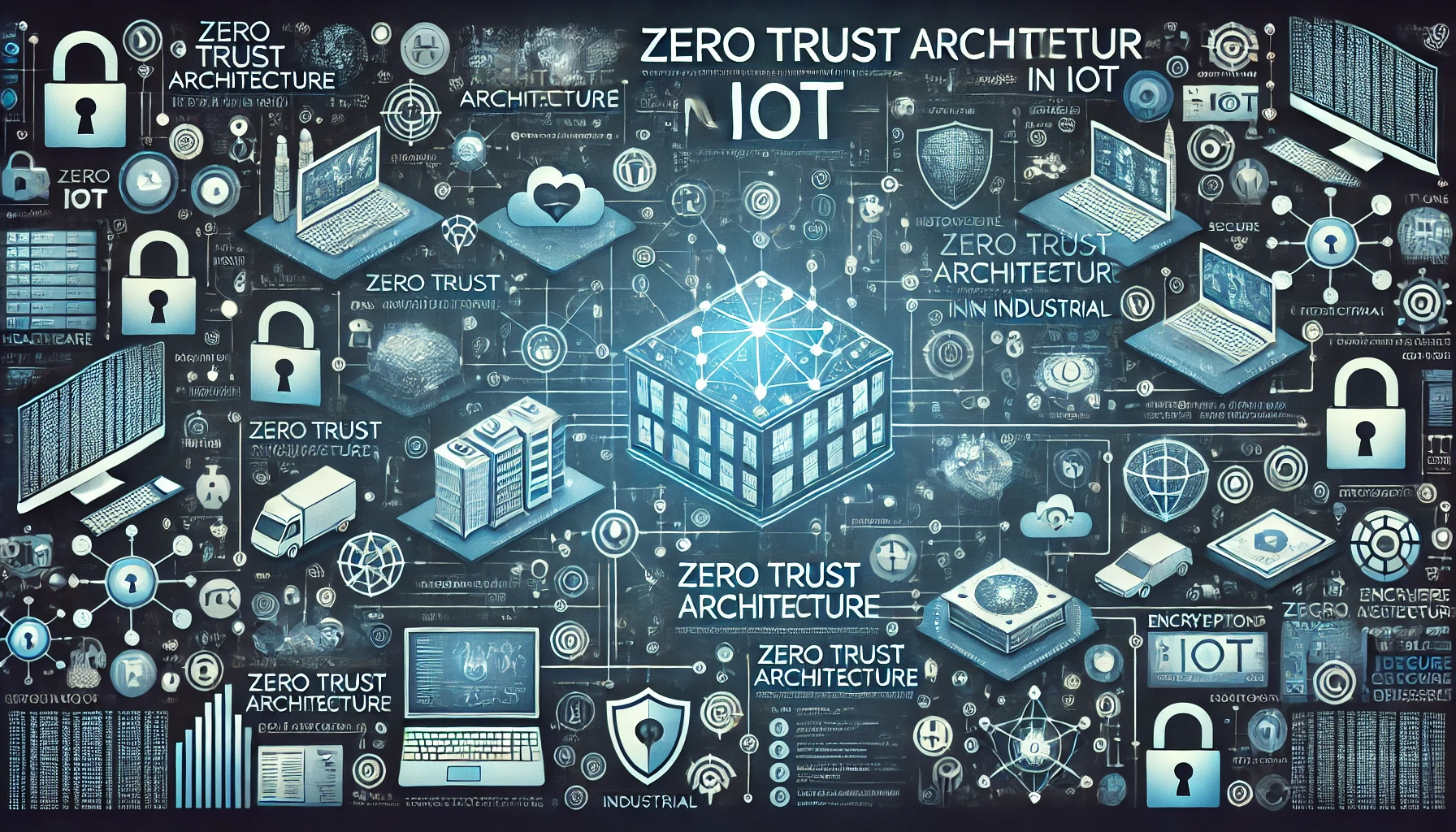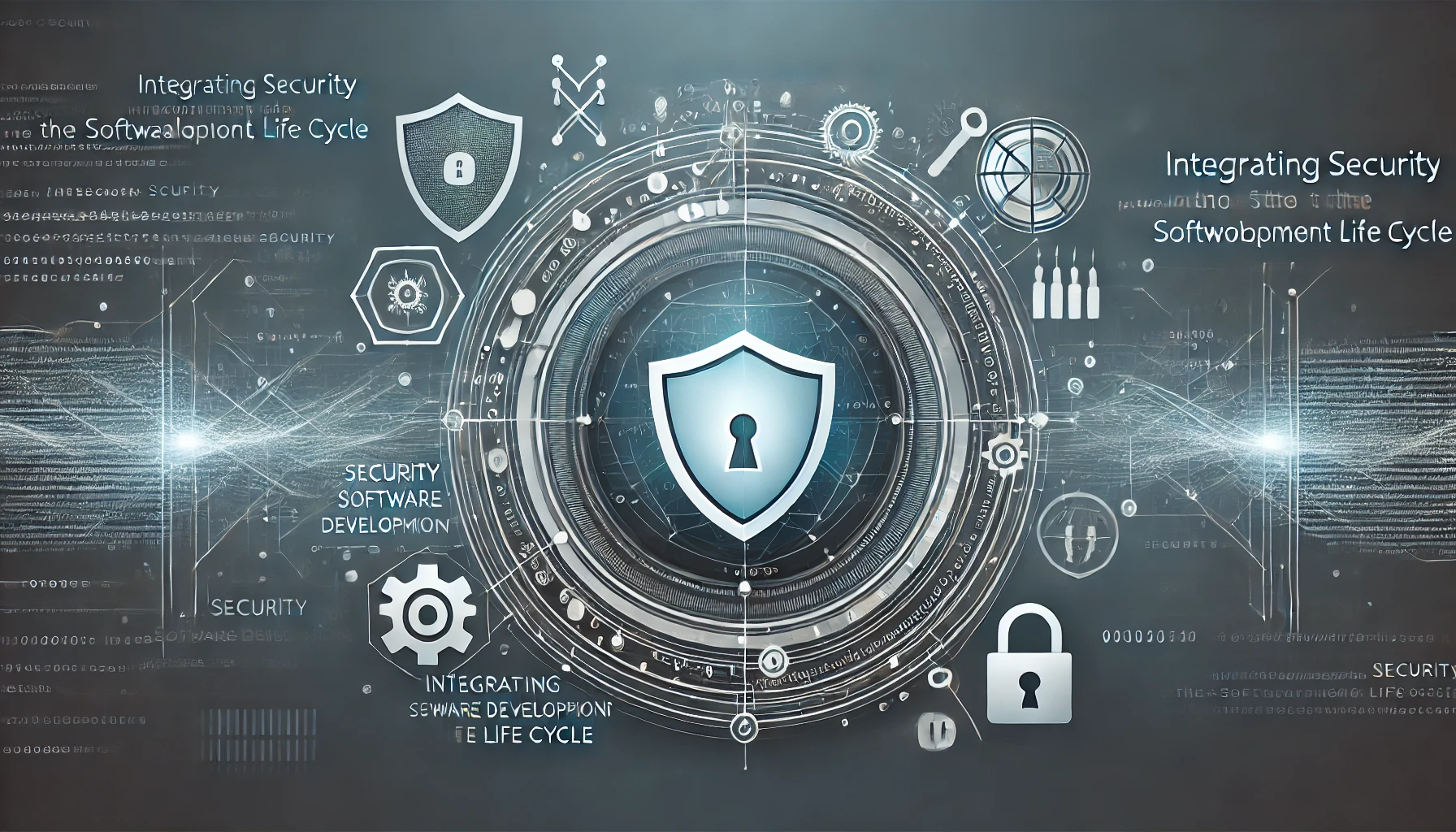
Securing the Future: Cybersecurity in Education
As technology continues to shape the education landscape, the importance of cybersecurity in educational institutions cannot be overstated. With the increasing adoption of digital tools and online platforms, educational institutions are becoming prime targets for cyber threats. In this blog post, we will explore the various challenges faced by the education sector in terms of cybersecurity and discuss effective strategies to ensure a safe and secure learning environment.
The Growing Threat Landscape
Cyberattacks targeting educational institutions have been on the rise in recent years. Hackers are exploiting vulnerabilities in school systems, stealing sensitive data, and disrupting daily operations. The consequences of such attacks can be far-reaching, impacting not only students and faculty but also the reputation of the institution.
One of the main reasons educational institutions are attractive targets is the vast amount of personal and financial information they possess. From student records to financial data, schools and universities store a treasure trove of sensitive information that can be monetized by cybercriminals.
Common Cybersecurity Challenges in Education
Let’s take a closer look at some of the common cybersecurity challenges faced by educational institutions:
- Phishing Attacks: Educational institutions often fall victim to phishing attacks, where attackers pose as legitimate entities to trick users into revealing sensitive information. These attacks can lead to unauthorized access to systems and data breaches.
- Ransomware: Ransomware attacks have become increasingly prevalent in the education sector. Malicious software encrypts critical data, rendering it inaccessible until a ransom is paid. These attacks can disrupt educational activities and result in significant financial losses.
- Weak Passwords: Many students, faculty, and staff members use weak passwords or reuse passwords across multiple accounts, making it easier for cybercriminals to gain unauthorized access. Educating users about the importance of strong, unique passwords is crucial in maintaining security.
- Insufficient Security Measures: Some educational institutions lack robust cybersecurity measures, such as firewalls, intrusion detection systems, and regular security audits. This leaves them vulnerable to various cyber threats.
Effective Strategies for Cybersecurity in Education
To mitigate the risks associated with cybersecurity in education, institutions should implement a comprehensive security strategy. Here are some essential strategies to consider:
- User Education: Promote cybersecurity awareness among students, faculty, and staff. Conduct regular training sessions on identifying phishing attempts, creating strong passwords, and practicing safe browsing habits.
- Robust Network Security: Implement advanced firewalls, intrusion prevention systems, and secure Wi-Fi networks to protect against unauthorized access and malware.
- Data Encryption: Encrypt sensitive data both at rest and in transit to ensure its confidentiality even if it falls into the wrong hands.
- Regular Updates and Patches: Keep all software, operating systems, and applications up to date with the latest security patches to address known vulnerabilities.
- Multi-Factor Authentication: Implement multi-factor authentication for accessing sensitive systems and data, adding an extra layer of security.
- Incident Response Plan: Develop a detailed incident response plan to minimize the impact of a cyber attack. This includes steps to identify, contain, and recover from a security incident.
Securing the Future of Education
As educational institutions continue to embrace technology, cybersecurity must be at the forefront of their priorities. By understanding the evolving threat landscape and implementing robust security measures, schools and universities can ensure a safe and secure learning environment for students, faculty, and staff.
Stay Connected with Secure Debug
Need expert advice or support from Secure Debug’s cybersecurity consulting and services? We’re here to help. For inquiries, assistance, or to learn more about our offerings, please visit our Contact Us page. Your security is our priority.
Join our professional network on LinkedIn to stay updated with the latest news, insights, and updates from Secure Debug. Follow us here.







